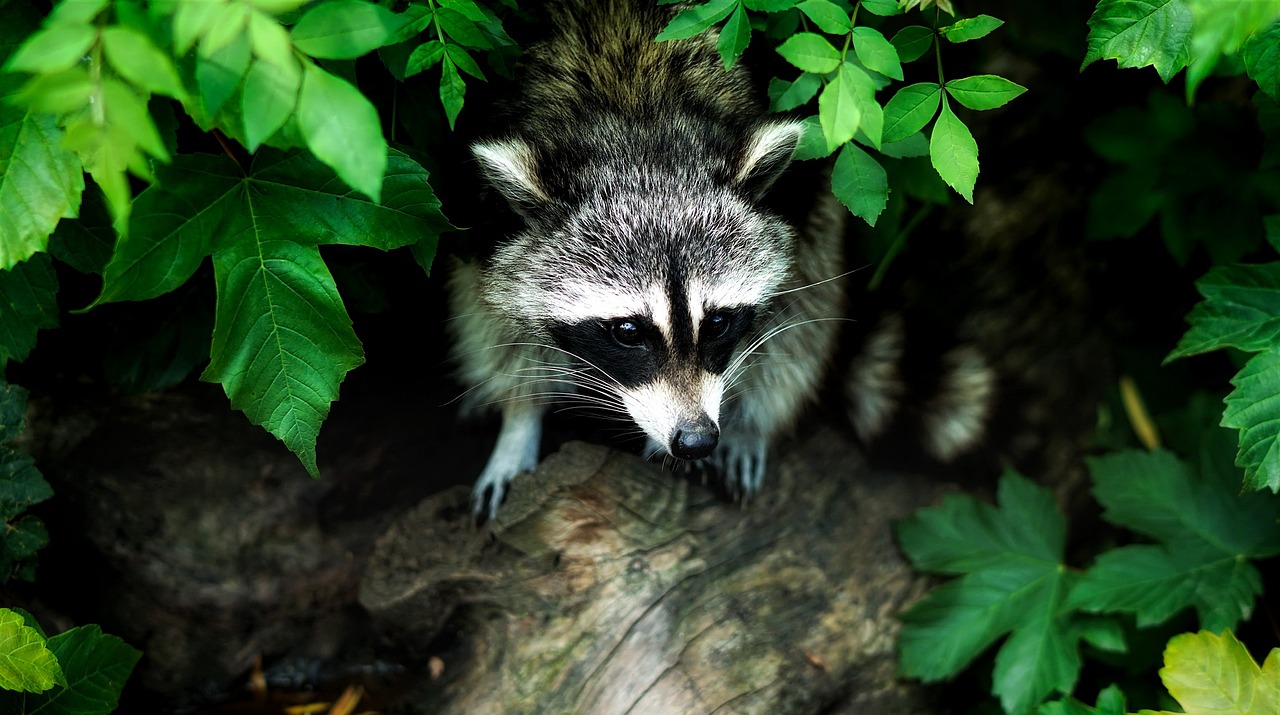Spring is very much upon us and the magpie larks have nested in the front garden. This is the male taking his turn in the nest. When I first saw the nest I didn’t think it looked anywhere near big enough, but it seems to be just fine at the moment. The problem is that if too many chicks hatch, one or two are likely to be pushed out of the nest. It’s made out of mud and grass and really well anchored onto a fork in the branch.
We had a fierce storm this week with winds of 50+ miles per hour (80 km/h) and I worried about whether the nest would cope, but I should have had a little more faith in nature as it was still there the following morning. This is the female taking her turn. She has a vertical black band over her eye, and the male has a horizontal bar, so it’s easy to see who’s in residence.
About every 15 minutes, the bird on the nest calls to the other one and they do a quick swap. If the crow arrives, they both join in with the wattle birds to harass and chase it away. This is the male when he was displaying. He looked very scruffy and not at all well-preened, but it must have impressed as it did the trick.
And this is the female during courting. Very active and very noisy. And I’m not sure why it involved flying back and in front of my back door. It’s strange that they react very strongly to the crow, the magpies, and some of the small honey eaters, but they are completely at ease with me or the dog around the garden.
We don’t raise an alarm cry at all. Magpie larks are well known for dive-bombing people who pass too close to a nest site so I’m not sure why this pair is so trusting. Maybe once the eggs hatch it will be different.
Big Question Who Named the Magpie-Lark? Why? Because it’s not a magpie and it’s not a lark. According to that fountain of all knowledge, Wikipedia, it was an Englishman named John Latham who named it after birds it reminded him of from home. Not very scientific. Fingers crossed I’ll soon be able to post pictures of a little row of beaks peeping above the nest edge.




